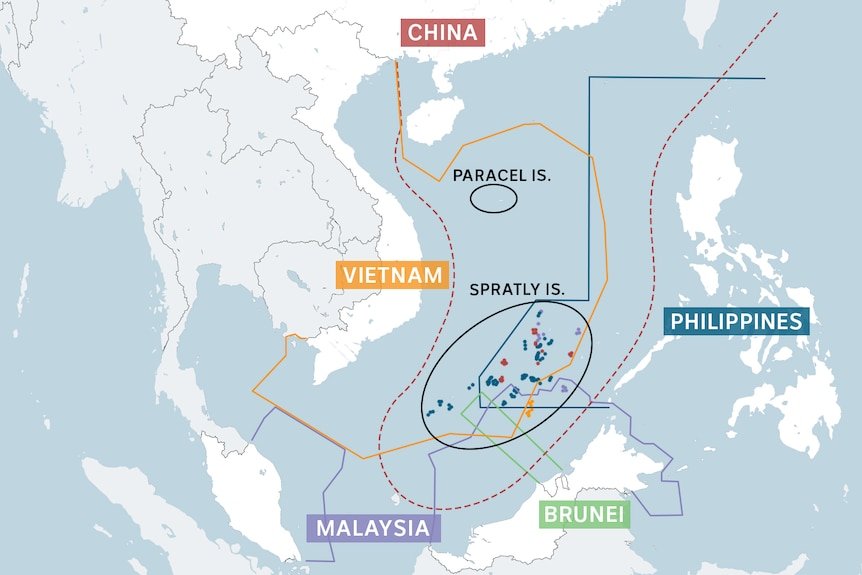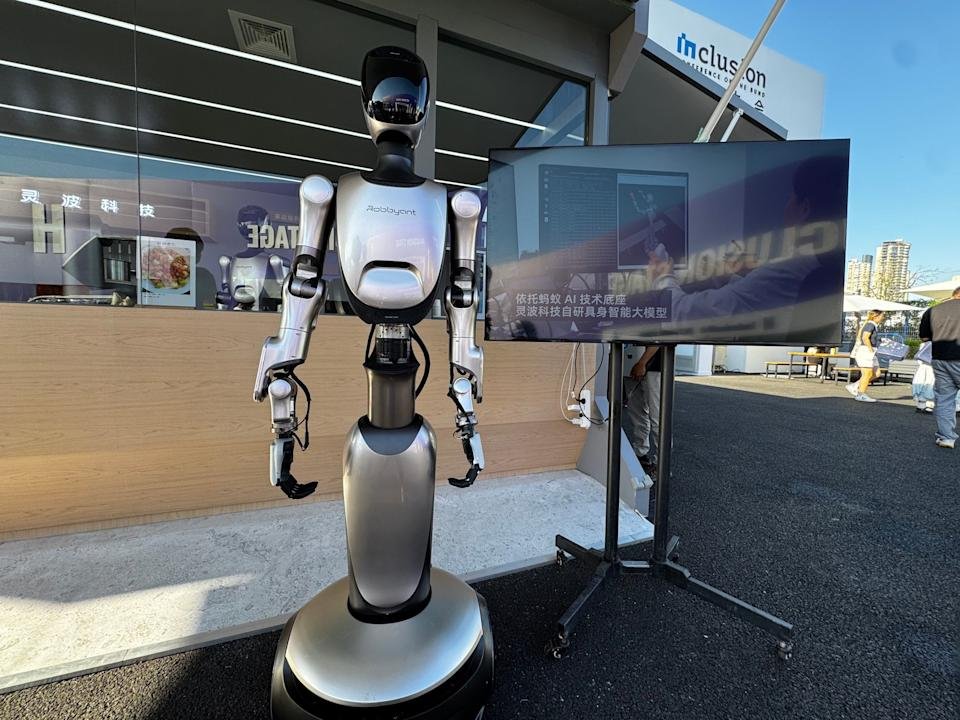

Last month, a reader asked what China is doing about climate change. I’m grateful for the question. China is one of the two largest countries in the world. China and India both include over 1.4 billion people. And China’s economy is second only to the U.S. What happens in China will affect everyone around the world.
After colonial exploitation and forced opium purchasing in the 1800s and 1900s, China reached the late 1900’s with a standard of living lower than here in the U.S. Since then, China has been developing their economy. Their development includes developing their energy systems.
According to the U.S. Energy Information Administration, in 2010, the average Chinese used 21 megawatt hours of energy (21,000 kilowatt-hours). That is accounting for all energy, including fossil fuels, translated to comparable megawatt hours (MWh). In 2010, the average American used four times as much energy: 83 MWh. Over the following 13 years, China lifted their energy use to 35 MWh per person per year and America lowered its use to 77 MWh.
As part of its energy development, China has been growing its renewable energy (wind, solar, and hydro) by 11% per year, faster than the U.S.’s 6% per year.
Even so, almost all of China’s energy use is still fossil fuels. Same for the U.S. For both countries, the portion of their energy that is from fossil fuels has fallen since 2010, by 12 percentage points per year for China and 6 percentage points for America.
At current trends, China’s fossil fuel use will disappear by 2058 and America’s will disappear almost a half century later, by 2104.
In 2016, China pledged to eliminate their global warming pollution by 2060. Their current trend is on track. The U.S. pledged to eliminate its greenhouse gas emissions by 2050. The U.S. is not on track, and our current federal leadership says they will not honor our commitment.
Because China’s total energy use is going up faster than its fossil fuel portion is going down, China’s per-person carbon dioxide emissions have been rising by 2% per year since 2010. America’s carbon dioxide emissions have fallen 2% per year since 2010.
Electric Vehicles
Since in 2020, China has adopted electric vehicles faster than the U.S. In 2024, 27% of the new vehicles sold in China were fully electric, not including plug-in hybrids.
It takes a while for trends in new vehicles to spread to the total collection of vehicles on the road. Each year, about roughly 5% of old cars are junked and replaced by new cars. Even if 100% of new cars were electric, it would still take about 15 to 20 years before all cars on the road were electric. With 27% being electric, it will take even longer.
Heat pumps
China is not adopting heat pumps as much as the U.S. From 2015 to 2022, the portion of heating equipment sales that were heat pumps rose from about 4% to about 8% in China. During those same years, in the U.S., heat pumps rose from about 26% to about 36% of heating equipment sales.
Coal
China has invested heavily in coal-burning power plants. From 2001 to 2011, annual world coal consumption increased by 3.3 billion tons: a 62% increase in 10 years. Of that increase, 76% — or 2.5 billion tons per year — was due to China building coal-fired power plants. China has continued building coal-fired plants to the present day.
Coal is a high-polluting energy source. Coal releases 212 pounds of carbon dioxide for each million BTUs, compared to natural gas, which releases almost half as much: 117 pounds per million BTUs. Coal creates health-damaging smog. Since China’s embrace of coal starting in 2001, Beijing has usually been among the cities with the worst air pollution in the world.
The U.S. has mostly shifted from coal to natural gas. That has a lot to do with fracking providing us with a lot of natural gas.
China does not have large natural gas resources. When China buys coal, they mostly buy their own product, keeping their wealth within their own country. When they buy natural gas, they lose wealth. For a country with a per-person gross national product that is less than a quarter of the U.S., sending money out of the country is annoying and hurtful.
Electrification
As China has developed its energy systems, it has invested in electricity. The result is that now 27% of Chinese energy is from electric power plants, compared to 5% of U.S. energy use.
China’s transition to electricity prepares China for the transition from fossil fuels. Already, the cheapest way to generate electricity is with solar panels and the costs of solar continue dropping. In the coming years, profit-oriented business decisions will make electricity completely renewable and clean. Once that happens, if China is already running completely on electricity, they will have stopped their global warming pollution.
Climate change pollution will still be coming out of any country that is still burning gasoline and natural gas when the electricity is entirely clean.
Big Picture
China is a huge country. There are four Chinese people for each American. Because of history, China has had less wealth than western countries. China is now balancing expanding their energy systems to improve their standard of living with eliminating their global warming pollution.
I would like China to sacrifice their wealth to improve their climate protection. That would be nice, but asking them to do so would be arrogant, coming from a country that excretes almost twice as much global warming pollution: 14.3 tons of CO2 per person per year from the U.S. compared to 8.4 tons from China.

 Nick Maxwell is a certified climate action planner at Climate Protection NW, teaches about climate protection at the Creative Retirement Institute and serves on the Edmonds Planning Board.
Nick Maxwell is a certified climate action planner at Climate Protection NW, teaches about climate protection at the Creative Retirement Institute and serves on the Edmonds Planning Board.
Start your morning with the latest local news.
Subscribe to the FREE Edmonds Daily Newsletter
We will never send spam or annoying emails. Unsubscribe anytime.











